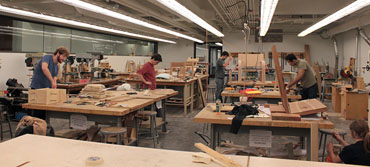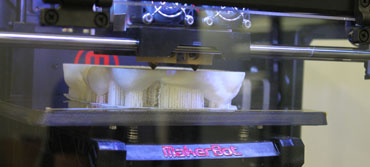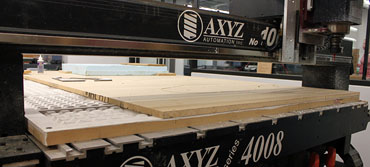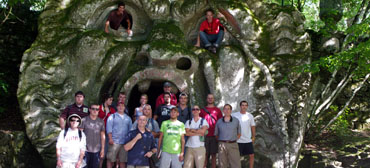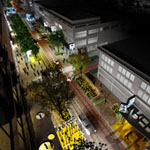The Master of Design Studies (MDes) comprises multiple areas of concentration that address emerging and critical issues across social, economic, environmental, and professional realms. These concentrations enable students to cultivate new expertise or deepen existing knowledge through advanced study and applied research.
Each concentration draws upon the distinct strengths of the Fay Jones School of Architecture and Design, the University of Arkansas, and the broader regional and global context. The studio-centered curriculum offers immersive, interdisciplinary experiences that challenge students to engage with complex, real-world design problems.
All concentrations are STEM-designated, equipping graduates with advanced technological, analytical, and design-thinking skills to navigate the evolving landscape of design practice. Students complete their studies through either a Professional Residency or a Capstone Project, depending on their career trajectory.
Advanced Design (proposed for Fall 2026) concentration offers a flexible, research-informed path for designers who wish to explore emerging methods, advanced digital fabrication, and interdisciplinary collaboration. Students in this concentration develop adaptive problem-solving approaches that bridge design research, computation, and material experimentation. (Pending final approval from the Arkansas Division of Higher Education)
Health and Wellness Design explores the reciprocal relationship between human well-being and the natural and built environments. This concentration prepares students to design spaces that enhance health, comfort, and cognitive performance—across typologies such as workplace, education, housing, healthcare, and hospitality.
Integrated Wood Design investigates the design potential of sustainable wood materials and advanced fabrication methods. As timber construction experiences a resurgence in the United States, this concentration advances hands-on learning, innovative detailing, and environmentally responsible design practices in wood and hybrid structures.
Resiliency Design addresses complex issues of climate adaptation, environmental equity, and community resilience in mid-sized cities and low-density urban contexts—where most of the global population now resides. Students develop design strategies that balance sustainability, infrastructure, and human well-being within these evolving environments.
Retail and Hospitality Design integrates business strategy, environmental psychology, and cultural awareness to create adaptive and experience-driven environments. This concentration explores how shifting economies, digital transformation, and sustainability imperatives reshape the design of retail and hospitality spaces.
Historic Preservation Design advances critical methods in conservation, adaptive reuse, and heritage interpretation. Students learn to apply preservation principles to contemporary design challenges—bridging past and present through design thinking, digital documentation, and policy frameworks that safeguard cultural and architectural heritage.
To learn more about any concentration, or to discuss whether a Residency or Capstone Project best fits your professional goals, contact our Graduate Coordinator.

